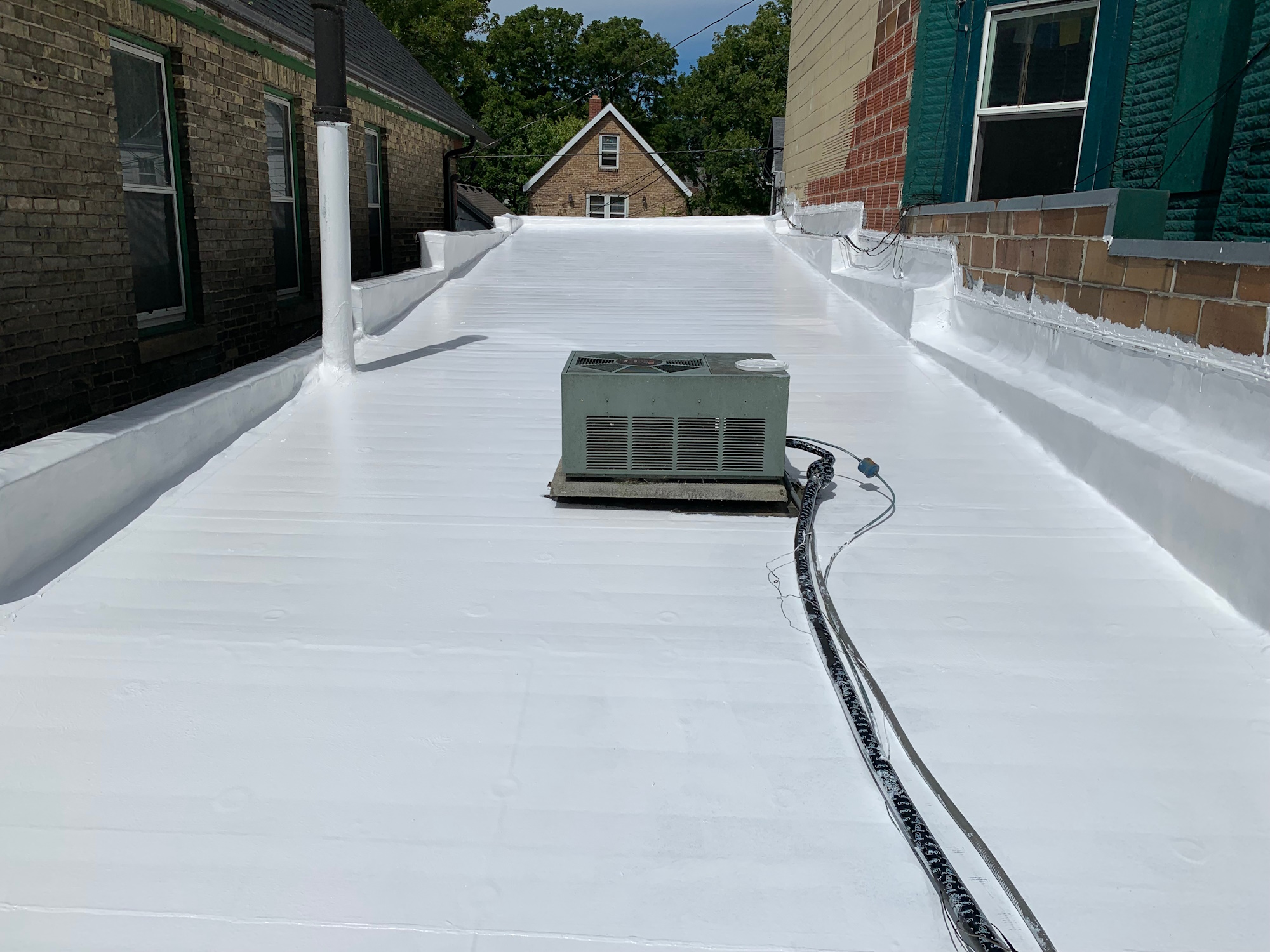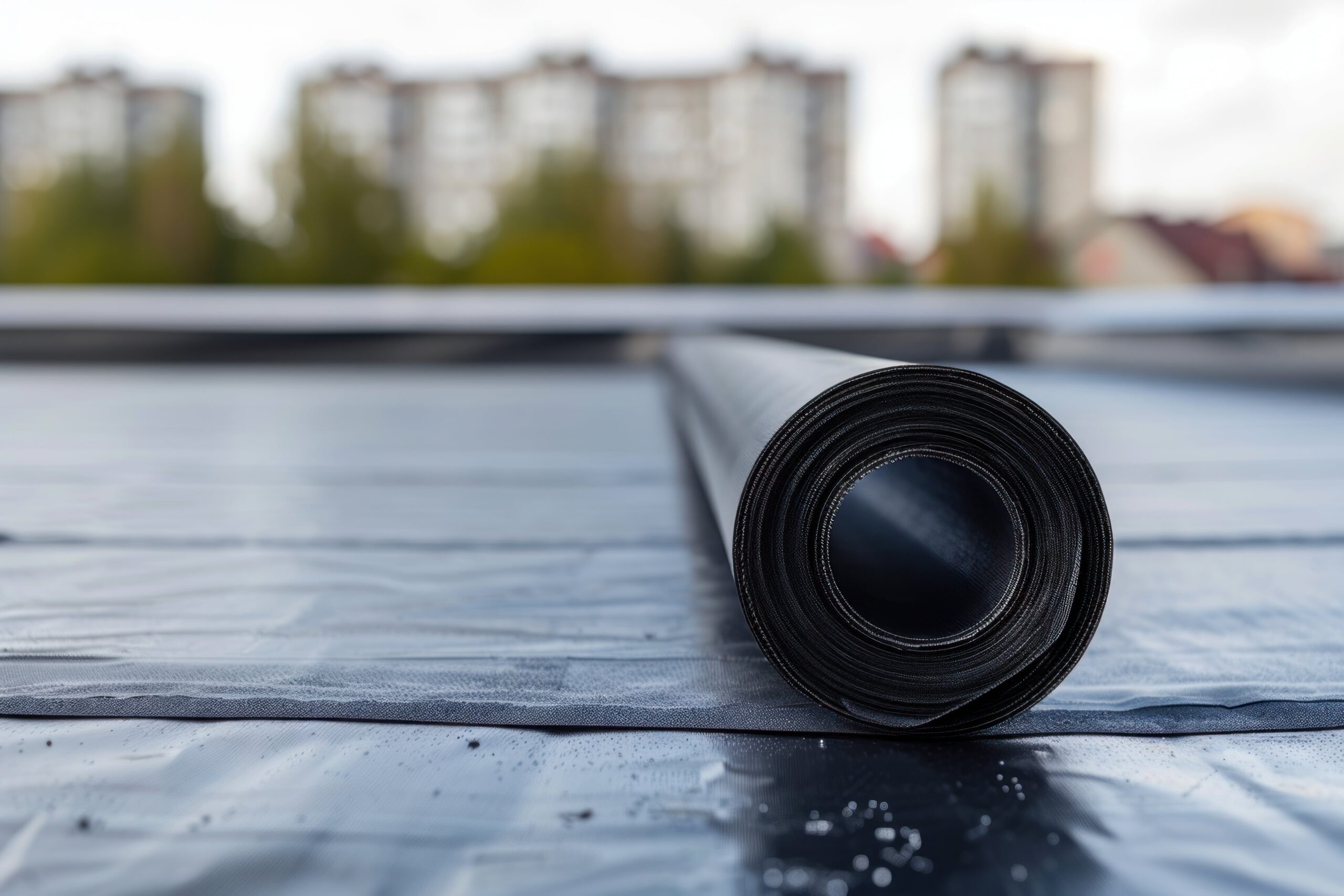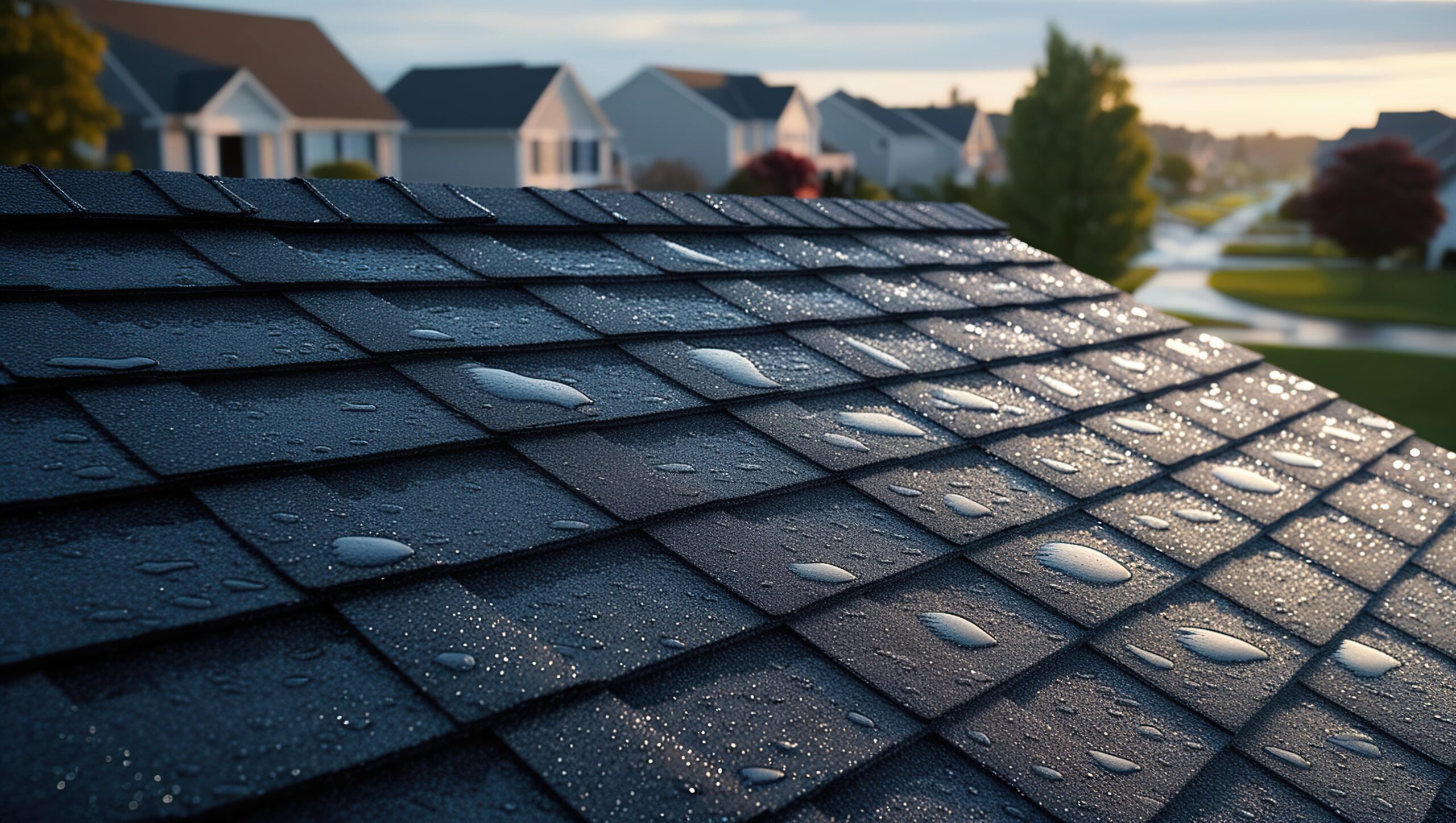Roof Leaks: Signs, Causes & Solutions

Roof leaks can be a homeowner’s nightmare. If you suspect you’re dealing with a roof leak, you’re likely considering the many potential negative scenarios that come with it. Structural damage, attic flooding, or even health hazards caused by mold and mildew, to name a few.
Detecting the signs of roof leaks early on is important to maintain the safety and integrity of your home. However, leaks aren’t always easy to spot. Often, they hide in ways that catch even the most seasoned homeowners by surprise. Fortunately, there are a few telltale signs that may indicate the presence of a roof leak in your home.
Learn everything there is to know about roof leaks, including the signs, potential causes, and effective solutions. By the end of this educational guide, you should be better equipped to deal with future roof leaks and ensure the safety of your home.
What Are The Signs of Roof Leaks?
While the signs of a roof leak may vary, keeping an eye out for the following signs can help you detect what may be happening early on and prevent greater home damage.
The appearance of water stains on the ceilings or walls
Have you recently noticed any brown or yellowish stains on your walls or ceilings? If so, you may be dealing with a roof leak. These stains may seem harmless at first but don’t brush them off. In these cases, water may be infiltrating your home through a leaky roof, a telltale sign of hidden damage coming from above.
Dripping or pooling water in the attic
If you find yourself confronted with the sight (or sound!) of dripping water in the attic, particularly following a bout of rainfall, it’s a glaring sign that your roof’s defenses have been breached. Don’t underestimate the significance of this discovery. Dripping water in the attic is a common indicator of roof leaks and a sign that immediate action is needed to protect your home.
The appearance of mold or mildew
Mold and mildew thrive in damp and humid environments. Unfortunately, leaky roofs often create the perfect conditions for these unwelcome guests to thrive in your home. If you notice fuzzy patches, discolored areas, or musty odors in your attic or on your walls, be warned that you may be dealing with a roof leak. Don’t ignore these problems, as mold and mildew can cause significant health issues without prompt attention and remediation.
Sagging or bulging areas in the ceiling
Sagging or bulging ceilings are never a pleasant sight – and for good reason. These unsightly occurrences are often caused by water infiltration in your home’s protective barriers, a telltale sign of compromised roof integrity. Act quickly, as this type of roof leak damage can lead to costly repairs or even structural damage down the line.
If the drywall is bulging and you suspect there is a considerable volume of water behind the drywall ceiling, we recommend taking a screwdriver and punching a hole in the drywall to let the water out before the ceiling collapses.
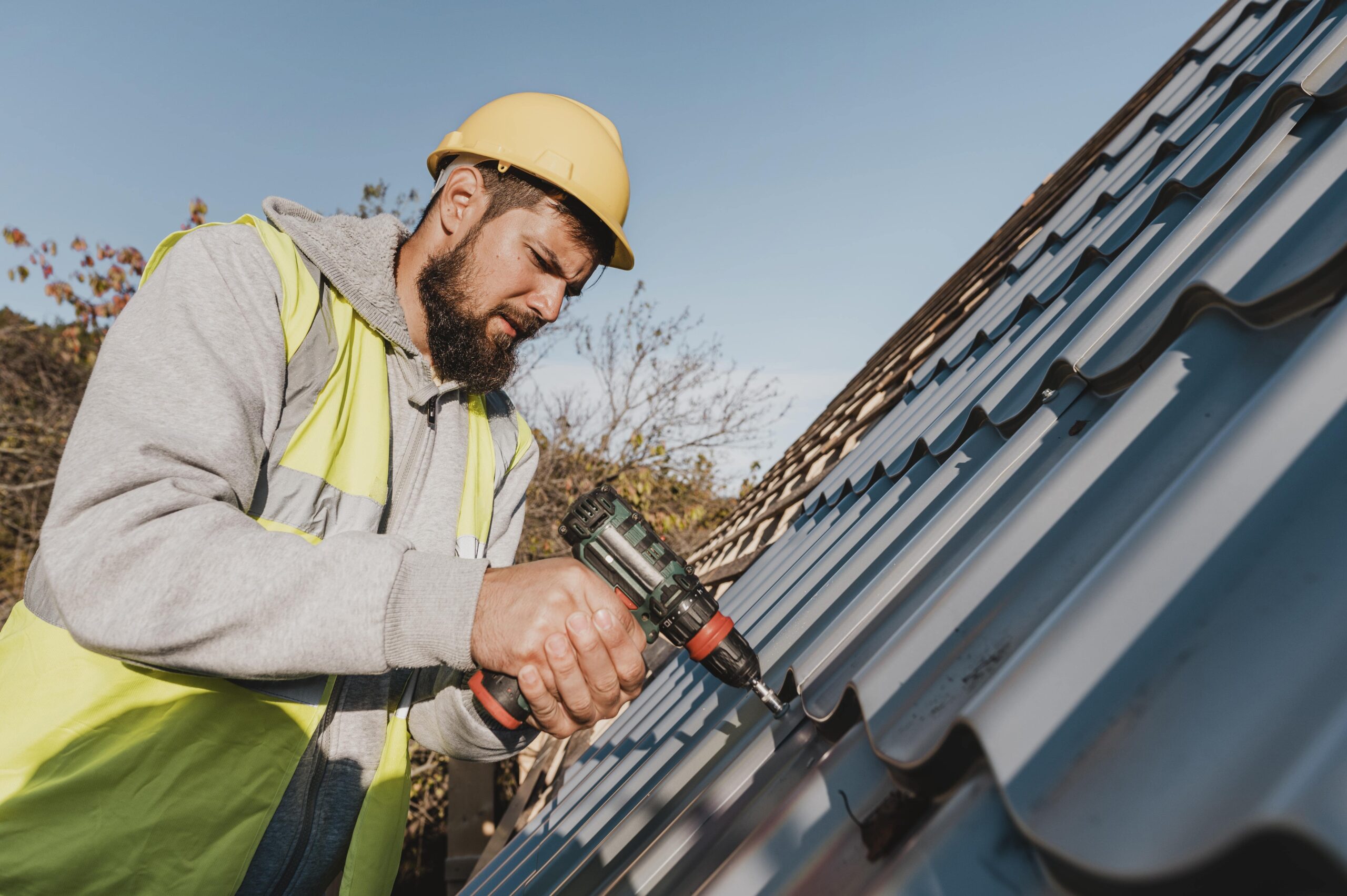
What Are The Most Common Causes of Roof Leaks?
Being able to recognize the signs of a leaky roof is one thing. However, to prevent (or, at least, mitigate) these types of issues from occurring again, homeowners need to know what the common causes of roof leaks are. This may include:
Damaged or missing shingles
Damaged or missing roof shingles are often behind leaky roofs. Whether it be due to severe weather conditions, age, or even improper installation, damaged shingles create vulnerable points in your roof. This, in turn, creates easy access points for water, which then easily penetrates and wreaks havoc on your home.
Cracked or deteriorates flashing around chimneys, vents or skylights
Flashings are the thin strips of metal (or other waterproof material) installed around chimneys, vents and skylights. They play an important role in preventing water from making its way into your home.
Unfortunately, flashings can deteriorate over time, leading to cracks that compromise their effectiveness. When these cracks occur, water damage may occur.
Clogged gutters or downspouts
Gutters and downspouts are meant to ensure proper rainwater drainage away from your home. However, gutters can become clogged with leaves, debris, or other obstructions, causing water to accumulate on the roof’s surface. This can increase the likelihood of roof leaks.
In addition to this, clogged gutters can cause water to seep underneath shingles, damaging the roof and further exacerbating the problem.
Improperly installed or damaged roof vents
Roof vents ensure the proper ventilation and airflow of your attic space. However, problems with roof vents (such as improper installation or damage), may make them entry points for water during rainfall. As a result, water seeps in the attic, leading to potential water damage or mold growth throughout your home.
Aging roofing materials
Unfortunately, roofing materials naturally degrade or time due to their exposure to the elements. Aging roofing materials may include shingles, wooden shakes, or metal panels. As these materials age, they become increasingly vulnerable to water leaks as they lose their protective qualities.
Overall, any one (or combination) of these occurrences can cause roof leaks in your home, no matter how small the damage may seem.
How To Prevent Roof Leaks Before They Happen
With so many potential causes and origins for roof leaks, it may seem overwhelming if not impossible to prevent such issues from occurring.
Fortunately, there are a few solutions we can recommend to help combat potential roof leaks:
- Conduct regular roof inspections. Do you notice any damage on your roof? Cracked shingles? Damaged chimney? If so, now is the time to look into roof repair solutions. By addressing the issue early on, you may be able to prevent potential water damage from leaky roofs.
- Regularly clear gutter and downspout debris. While not the most entertaining of chores, regularly checking and cleaning your gutters and downspouts can save you more time, money, and trouble down the road.
- Inspect and seal flashings. Regularly inspect your flashings and seal them with high-quality caulking if you notice any damage or cracks. Protecting these vulnerable areas can help you prevent roof leaks, ensuring the long-term integrity of the roof structure of your home.
How To Fix Roof Leaks After They’ve Occurred
If prevention methods have not been successful and you’re currently dealing with a leaky roof, there are still things you can do.
- Contain the damage (if possible). If you’ve noticed water dripping in your home, try to contain the damage if possible. For example, put a bucket and/or towels in the affected area to prevent the water from seeping into the floors or carpet.
- Look out for other damaged areas. After identifying the leak, see if any other areas in your home are affected. This can help you begin to understand the source of the leak or whether you may be dealing with more than one leak.
- Seek out professional roof and leak repair services. Ultimately, it can be difficult to determine and fix a leaky roof on your own. Professional roofing experts are equipped with the necessary skills, knowledge, and experience to both investigate, identify, and repair your roofing problems.
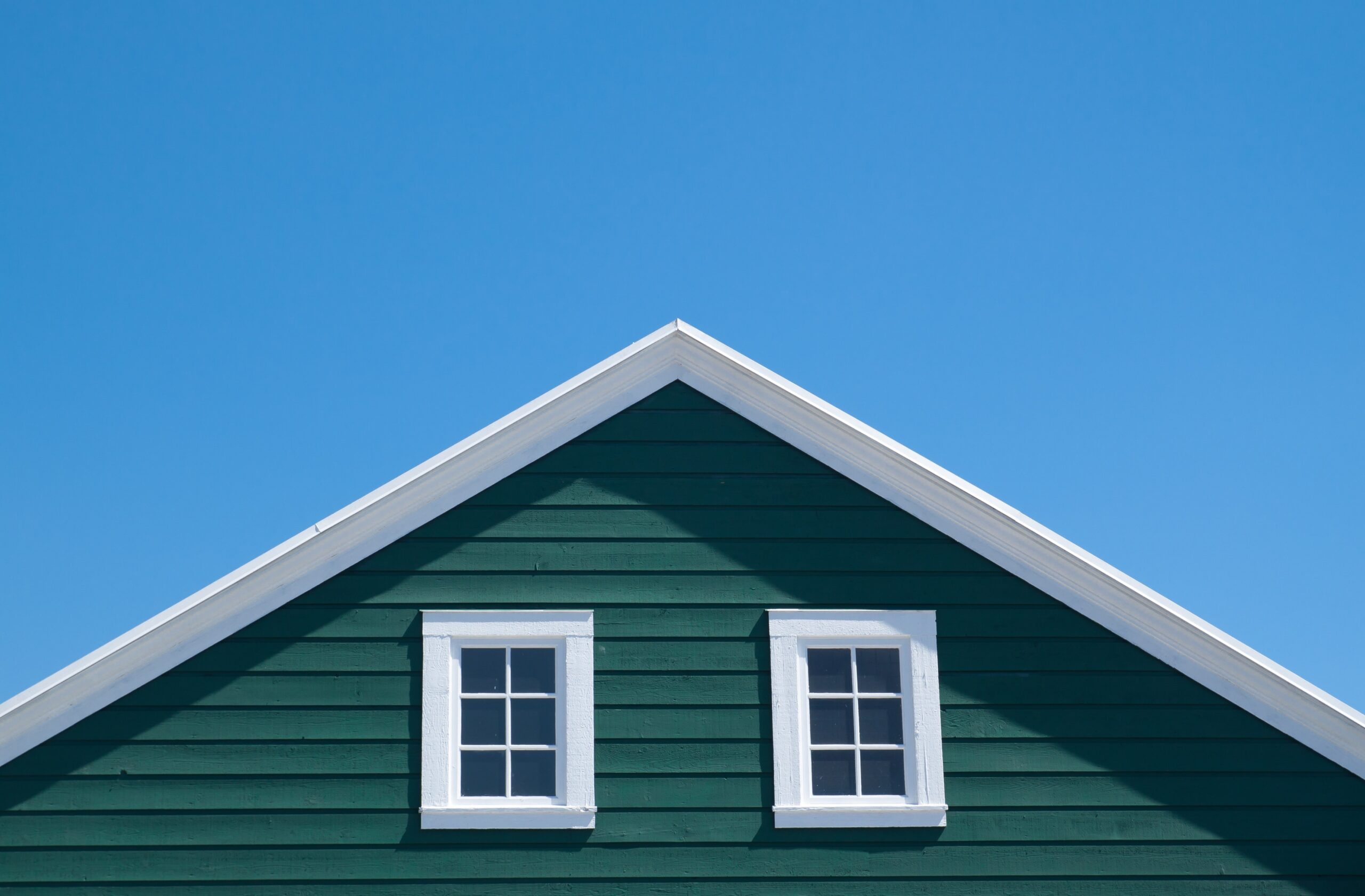
Don’t Wait! Contact Repair Specialist Inc. Today
Leaky roofs have the potential to cause significant damage to your home (as well as cause a great deal of stress and worry for homeowners!). Fortunately, you do not need to deal with the challenges of roof leaks on your own.
Repair Specialist Inc. provides specialized roof and leak repair services to the Milwaukee, Wisconsin area. With over 20 years of experience, we are equipped to effectively deal with all kinds of leaky roofs, whether they be caused by old shingles, damaged chimneys, or clogged gutters.
To learn more about our services and expertise, visit our services page. To get in touch with us about your roof leak concerns, please call 414-322-8745 or fill out this Contact Us form.
continue reading
Related Posts
Lava 20 offers many advantages for homeowners seeking to further protect their homes.
Rubber roofs are a type of single-ply roofing membrane made from synthetic rubber.
Choosing the right roof shingles for your home is an important decision for homeowners.

